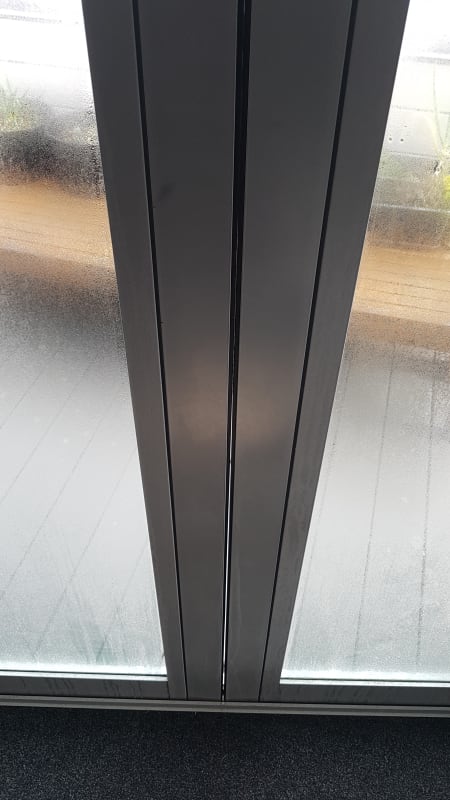jdgengineer
Structural
On high-end residential projects it's fairly common to have large multi-slide (usually bottom supported) or bi-folding doors (usually top hung). Typical manufacturer's would be Nanawall, La Cantina, Fleetwood, etc.
They all have slightly different design requirements, but generally speaking limit the deflection to 1/8" live load and the lesser of 1/4" total load or L/720. Once the span over these doors exceeds ~15' the headers are usually steel.
Where there is only roof above the header, and no snow loading, do you think it is too conservative to include the roof live load in the deflection limits? The manufacturer's are not typically sophisticated enough to know the subtle differences between floor and roof live loads. Below is Fleetwood's requirement for a multi-slide door.

They all have slightly different design requirements, but generally speaking limit the deflection to 1/8" live load and the lesser of 1/4" total load or L/720. Once the span over these doors exceeds ~15' the headers are usually steel.
Where there is only roof above the header, and no snow loading, do you think it is too conservative to include the roof live load in the deflection limits? The manufacturer's are not typically sophisticated enough to know the subtle differences between floor and roof live loads. Below is Fleetwood's requirement for a multi-slide door.


